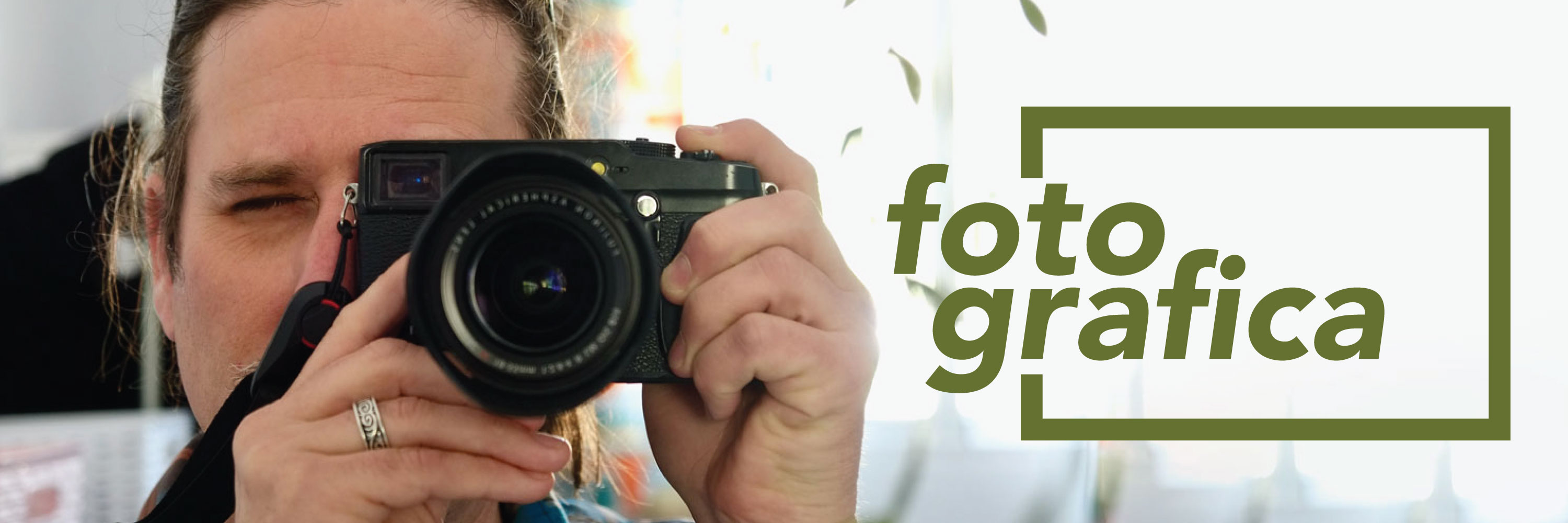Born in Barcelona, Spain in 1893, Joan Miró would become one of the most well known surrealist artists of the 20th century though his painting and sculpture. Though he was born on the peninsula, he had family roots in Mallorca. Growing up and though his early life he spent a lot of time on the island, before settling here permanently with his wife, Pilar, in 1956.
The Fundació Pilar i Joan Miró (Pilar and Joan Miró Foundation) in Palma was founded in 1981 with a private agreement between the city council of Palma and Pilar and Joan Miró to give the site, buildings and thousands of pieces of art to the city after the artist’s death for a museum. The museum opened in 1992 with a new museum building by Spanish architect Rafael Moneo.
My visit was midday on a Friday in July. The cost of entry can vary, according to the website, but is between 6.50 and 10 Euros a person, and you can book ahead. While strolling the grounds, there were a number of other visitors. However, it was not crowded. It was easy to frame photos of the architecture without too many distractions, and the spaces were quiet enough to take in the art and architecture. While the workshops and studio spaces were full of what looked like Miró’s paintings, these were almost all reproductions. My eye was mostly drawn to the buildings and site however.

When Pilar and Joan moved to the site, it was located somewhat high above Palma in the quiet outskirts of the city. Now, the city has grown significantly and it is part of the surrounding dense neighborhoods and shopping districts







From the street, beautiful stainless steel type announces the name of the foundation. It is set in what appears to be an all-upper-case Futura, or similar geometric sans-serif. This typeface and type style cascades beautifully through the official signage in the museum.




The museum by Rafael Moneo is a beautiful, brutalist, concrete building. I love brutalist architecture and found this to be a fascinating example. The structure uses massive incorporated concrete louvers to keep the interior space cool, much the way that traditional buildings would do with louvered window coverings of other materials.
This is certainly a gem for any person who has even a passing interest in art. But for those who are passionate about 20th century art, this is a must-see. I found the architecture, the site, and the historical context of the visit to be the most powerful aspects of the visit, and overall it was a very inspiring creative space that I’m happy to have visited. The foundation website has a full calendar of events that could make a visit particularly interesting.
by

